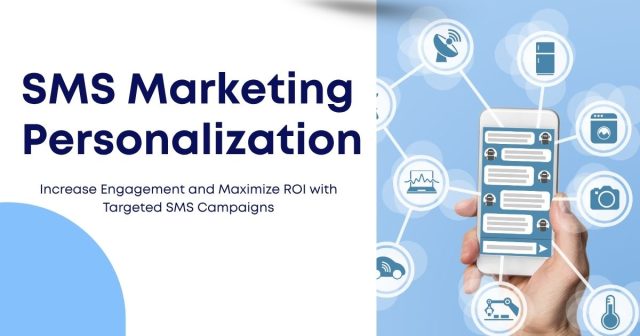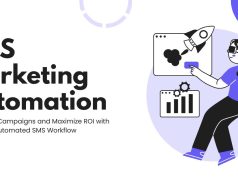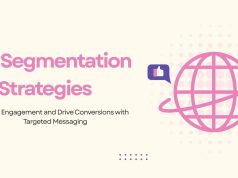In a world where customers receive hundreds of messages every day, generic SMS blasts no longer cut through the noise. Personalization is the key to crafting high-impact SMS campaigns that resonate with each recipient, build loyalty, and drive measurable returns on investment. In this comprehensive guide, we reveal seven advanced personalization strategies your business can implement today to maximize engagement and ROI.
1. Dynamic Segmentation Based on Behavior and Demographics
The foundation of personalized SMS marketing lies in dividing your audience into meaningful segments. Beyond simple demographics like age and location, leverage behavioral data—purchase history, browsing activity, and past engagement—to create dynamic lists that update in real time.
- Purchase-Based Segments: Send replenishment reminders or recommend complementary products based on past orders.
- Engagement Levels: Re-engage subscribers who have not opened or clicked SMS in 30 days with special offers.
- Lifecycle Stages: Deliver tailored onboarding messages to new subscribers and VIP perks to loyal customers.
By dynamically adapting segments, each message addresses a customer’s current needs, boosting relevance and response rates.
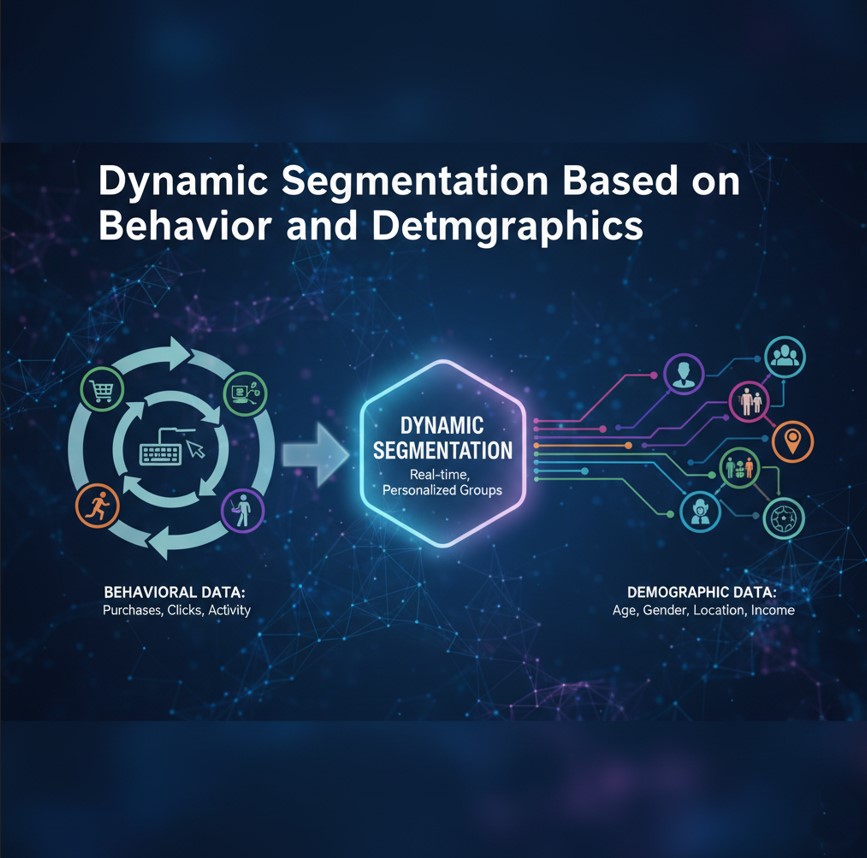
2. Merge Tags and Dynamic Content Insertion
Personalized greetings are just the start. Most SMS platforms support merge tags and conditional logic that insert subscriber-specific content directly into the message body.
Hello {{first_name}}, we have a 20% offer on {{last_purchased_category}} today only! Shop now: {{promo_link}}Tips for effective dynamic content:
- Always include fallback text (e.g., “Hey there”) if the merge field is empty.
- Limit length to maintain a concise message under 160 characters whenever possible.
- Test all variations to avoid broken links or missing data in live campaigns.
3. Triggered and Event-Based Messaging
Timing is everything in SMS marketing. Automated triggers ensure you send the right message at the right moment without manual oversight.
- Welcome Series: Send a warm greeting immediately after opt-in, followed by educational tips or a welcome discount.
- Cart Abandonment: Remind customers who left items in their cart within 1 hour, then follow up with an incentive if needed.
- Post-Purchase Follow-Up: Ask for feedback, recommend accessories, or introduce your loyalty program 3–5 days after delivery.
- Re-Engagement: Triggered after 30+ days of inactivity, offering a special deal to win back subscribers.
Event-based SMS keeps subscribers engaged throughout their customer journey and drives incremental revenue with minimal effort.

4. Time-Based Personalization and Send-Time Optimization
Sending an SMS at 3 a.m. seldom delivers results. Analyze historical engagement data to find each subscriber’s optimal send time. Some platforms offer machine-learning algorithms that learn open windows and automatically adjust send schedules.
- Time Zones: Always normalize send times to each user’s local zone.
- Behavioral Windows: Identify when users typically open your texts (e.g., lunch break or early evening).
- A/B Testing: Test morning vs. evening sends for different segments to refine timing strategies.
5. AI-Driven Predictive Personalization
Artificial intelligence transforms raw data into actionable insights. Use AI-powered recommendations to predict the products, offers, and messaging style each subscriber is most likely to respond to.
- Product Recommendations: Suggest items based on similar customer profiles or collaborative filtering.
- Churn Prediction: Identify customers at risk of unsubscribing and send preemptive re-engagement incentives.
- Optimal Frequency: Let AI determine how often to message each segment without causing fatigue.
Integrating AI can increase campaign efficiency by serving hyper-relevant content at scale.
6. Location-Based Personalization and Geofencing
Leverage real-time location data to deliver contextually relevant offers when subscribers enter or leave specific areas.
- Proximity Offers: Send a discount when customers pass near your physical store.
- Event Triggers: Target attendees at trade shows, conferences, or local events with exclusive deals.
- Weather-Based SMS: Trigger messages for umbrellas or sunscreen when rain or extreme sun is detected in a subscriber’s area.
When done correctly, location-driven SMS feels spontaneous and highly relevant, driving foot traffic and on-the-spot conversions.
7. Interactive Personalization: Two-Way SMS and Polls
Move beyond one-way broadcasts. Encourage subscribers to reply, vote, or choose options within your SMS to gather preferences and deepen engagement.
- Quick Polls: Ask users to vote on new product features or tagline designs with a simple reply.
- Surveys & Feedback: Collect NPS scores or service feedback through short SMS surveys.
- Conditional Flows: Route subscribers into different follow-up sequences based on their replies (“Reply 1 for Men’s Shoes, 2 for Women’s Shoes”).
Two-way SMS not only personalizes the experience but also provides valuable data for future segmentation and targeting.
Compliance, Privacy, and Data Management Best Practices
Personalization must always respect privacy and regulatory guidelines. Follow these best practices to stay compliant and build trust:
- Obtain Explicit Consent: Use double opt-in and clearly explain how data will be used.
- Data Security: Encrypt subscriber data and limit access to authorized personnel only.
- Clear Opt-Out: Include opt-out instructions in every message (“Reply STOP to unsubscribe”).
- Regulatory Adherence: Follow TCPA, GDPR, and local SMS regulations to avoid fines and reputational damage.
Measuring Success: Key Metrics for Personalized SMS Campaigns
Track the right KPIs to evaluate the impact of your personalization efforts:
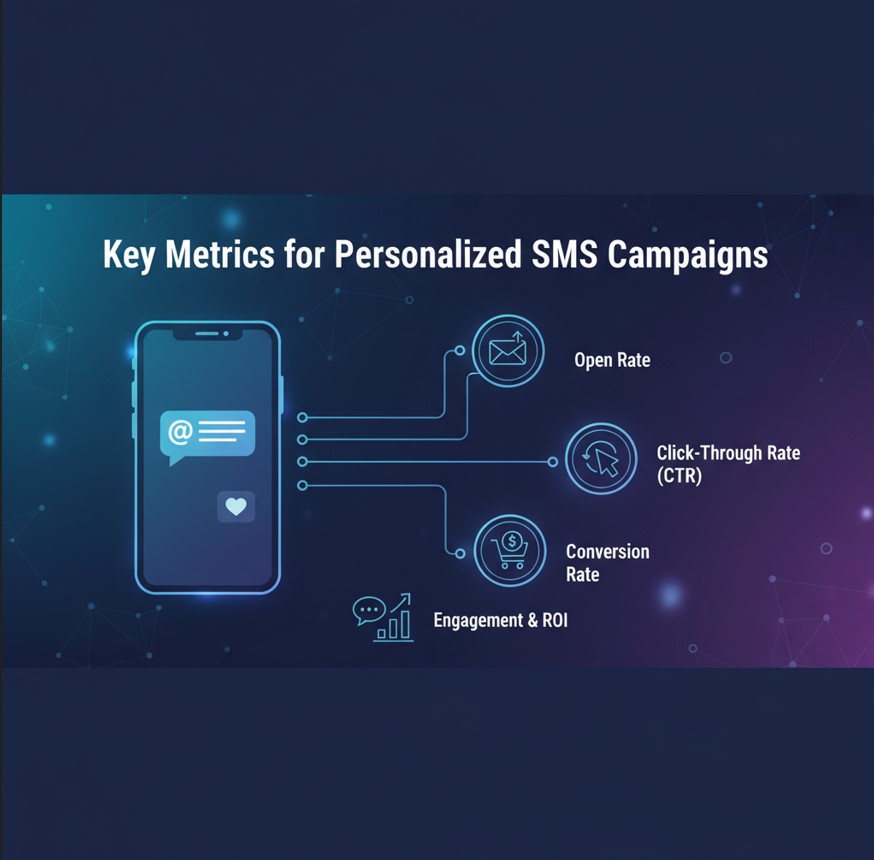
- Open Rate: The percentage of recipients who open the SMS.
- Click-Through Rate (CTR): The percentage of opens that result in a click on your link.
- Conversion Rate: The proportion of clicks that lead to the desired action (purchase, signup).
- Unsubscribe Rate: Monitor for signals of message fatigue or irrelevance.
- ROI: Compare revenue generated against platform and messaging costs.
Choosing the Right Tools and Platforms
Not all SMS providers offer the same level of personalization. Evaluate vendors based on:
- Support for advanced segmentation and merge tags
- Automation workflows and trigger capabilities
- AI-driven recommendation engines
- Real-time analytics and send-time optimization
- Compliance safeguards and data encryption
Conclusion and Next Steps
Personalization transforms SMS from a broadcast channel into a one-to-one conversation that delights customers and drives revenue. By implementing dynamic segmentation, merge tags, triggered workflows, AI insights, location targeting, and interactive SMS, you can deliver highly relevant messages at scale. Remember to uphold consent and compliance standards, track performance closely, and continuously refine your approach based on data.
Ready to take your SMS marketing to the next level? Start by auditing your data sources, choosing an advanced SMS platform, and testing one personalization strategy this week. Small changes can lead to big returns when messages feel tailor-made for each subscriber. Get started now and watch engagement—and ROI—soar.
Author Bio: Jane Doe is a digital marketing strategist specializing in SMS and mobile engagement. With over 8 years of experience, she helps brands build personalized messaging programs that deliver measurable results.


